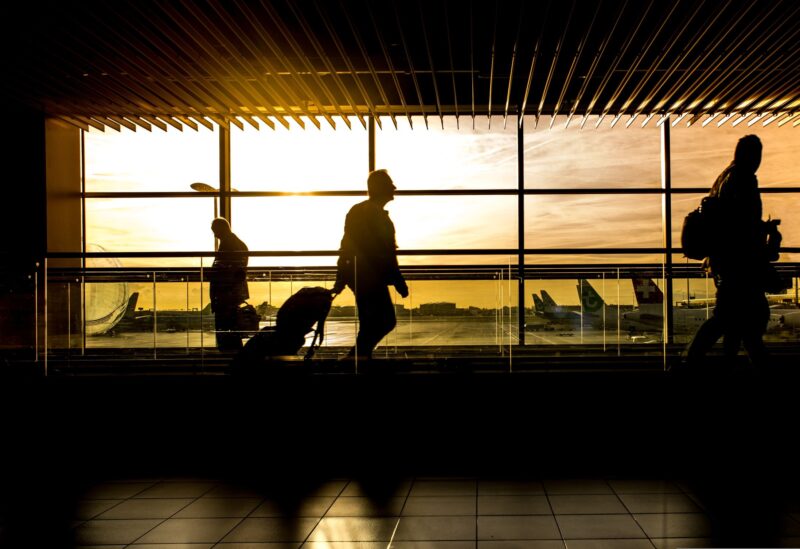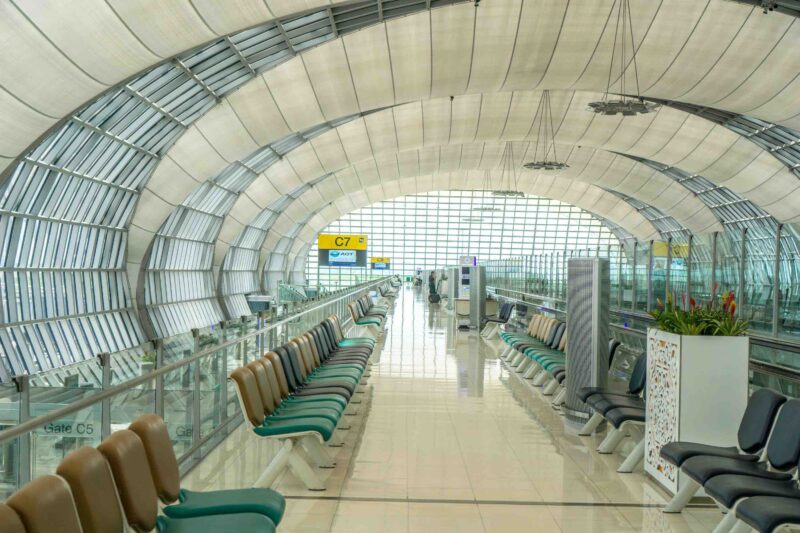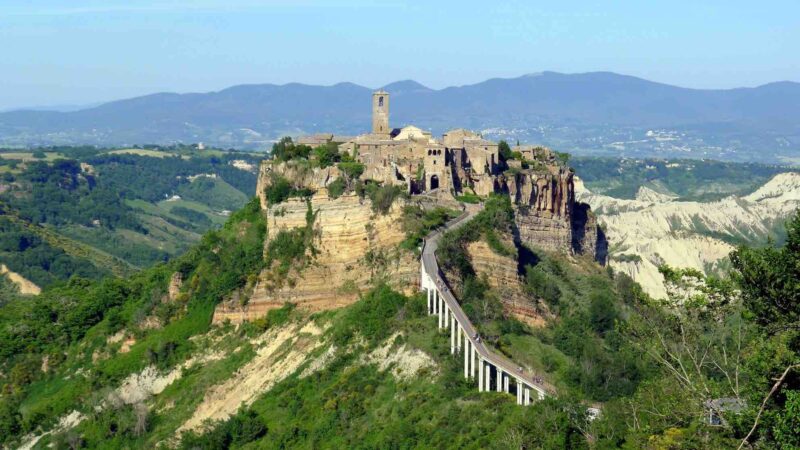The year 2022 was undoubtedly marked by the recovery of the Italian tourism industry, whose numbers matched the pre-pandemic levels, also thanks to the online hospitality sector: 16.4 million euros in 2022 vs. 14.6 million euros in 2019. The increasing airport traffic played a major role in this process, despite the well-known points of weakness, such as the limited national budget and the excessive bureaucracy that contributed to slowing down many valuable initiatives.

What really worries the main industry players are the long-term air traffic projections, elaborated by the National Aviation Authority, concerning the current situation of Italian airports. According to this quantitative analysis, the number of passengers will reach 232 million in 2025, 266 million in 2030 and 302 million in 2035. These projections (+20% in 2025 and +56,2% in 2035, compared to 2019) represent a worst-case scenario, considering the legal and operational limitations on air traffic for the main Italian hubs, which is to say 18 flights per hour for Milano Linate and 65 flights per day for Rome Ciampino. The Roman airport system, consisting of Rome Fiumicino and Rome Ciampino for the low-cost traffic, with 49 million passengers in 2019, represents the main Italian hub. However, bureaucracy and the legal environmental constraints on its structural development will only allow this hub to cope with the aforementioned traffic projections.

The International Center for Competitiveness Studies in the Aviation Industry estimated, for the medium-long term, the socio-economic impact of this strategy in some important areas. The main macroeconomic variables positively influenced will be, in particular, increased demand, a higher employment rate and solid entrepreneurial development. For this reason, it will be necessary to adopt some innovative solutions, such as opening new airports rather than developing the current hub structure, whose benefits will be undoubted. First of all, in order to identify the main strategic areas for the new airports, several studies have already been completed on the morphology of the national territory, on some provinces with high historical and artistic potential, and on the possibility of avoiding overlapping air routes together with helping the main hubs to streamline their already saturated traffic flows. Among the most interesting areas, Tuscia, with its capital Viterbo and located in the north of Lazio Region between Rome and Tuscany, represents one of the most important provinces from a historical, cultural and artistic point of view. House of the Etruscan civilization and famous for its historical, artistic and natural attractions, the Tuscia boasts four sites enlisted as Unesco heritage – in the world, there are just 1,000 enlisted sites, of which 53 in Italy – in addition to being a serious candidate to the title of the Italian capital of culture 2025 with the stunning Civita di Bagnoregio.

The specific case of the Viterbo airport project is particularly interesting since, in addition to pursuing the objective mentioned above of enhancing this important historical area, it also focuses on some important goals already estimated by the ICSSAI. In particular, the possibility of immediately reaching air traffic of 3.5 million passengers a year, 8 million when it will be fully operational and raising the occupational levels in the area: to build this structure will need ~500 workers, in addition to ~2.000 to manage it in the medium term and ~5.000 in the long term which is to say about 5% of the province’s total workforce, without considering the approximately 15.000 indirect workers. Furthermore, the entrepreneurial structure of this important area, currently represented only by small agricultural and construction companies, will be positively influenced by this initiative, with a consequent multiplier effect on the local GDP and on that of the neighbouring territories ~ 240 million euro per year. A considerable part of this GDP will be represented by investments of ~ 30 million euros for expanding the current military airport plus ~ 25 million euros for constructing the new airport structure.

In conclusion, the possibility of building some new airports will certainly trigger many direct and indirect positive effects on the main national macroeconomic variables. Although the physiological budgetary and bureaucratic limitations have contributed in the past to slow down the economic development of some high-potential Italian regions, the new European policies have confirmed that a sound and sustainable post-pandemic recovery will necessarily pass through a solid investment in infrastructures such as airports.
Prof. Paolo Bongarzoni, Dean SSM & ex Corporate Director
Prof. Fabio Notazio, eCampus Manager

